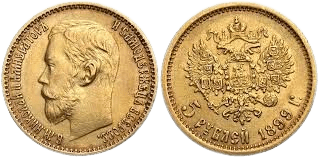Cutting Edge History of Fort Detrick
From the moment of its birth in the highest levels of government, the fledgling biological warfare effort was kept to an inner circle of knowledgeable persons. George W. Merck was a key member of the panel advising President Franklin D. Roosevelt and was charged with putting such an effort together. Merck owned the pharmaceutical firm that still bears his name.
Merck brought into uniform men and women with skills in several scientific disciplines. Among them was Dr. Ira L. Baldwin, a professor of bacteriology at the University of Wisconsin. He became the first scientific director.
The Army Chemical Warfare Service was given responsibility, and oversight for the effort that Clendenin wrote was "cloaked in the deepest wartime secrecy, matched only by . . . the Manhattan Project for developing the Atomic Bomb."






 Home
Home